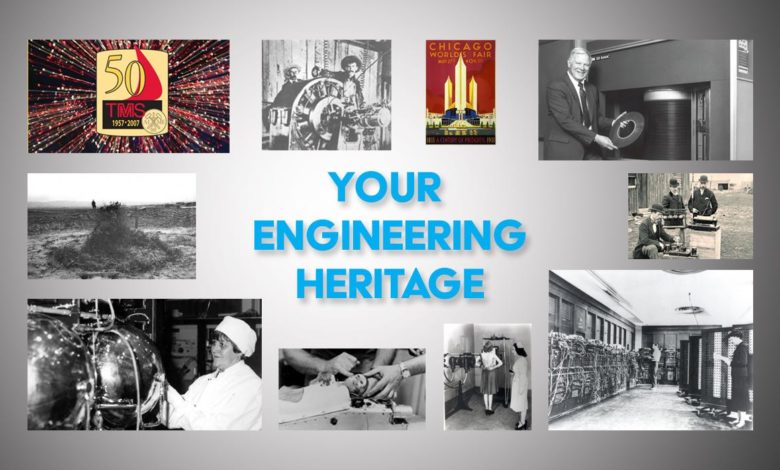
Increased transmission voltages in overhead wires, which rose from 25 kV in 1891 to 220 kV by the early 1920s, required electrical engineers to develop tools for testing the equipment used in high-voltage lines. What exactly did happen to electric lines under storm conditions? How much might rain, fog or snow reduce an insulator’s dielectric strength? Phenomena such as corona and power loss also needed to be understood. The study of insulation materials was still relatively new, and it was becoming clear that the longer lines with their higher voltages required advanced designs. As J. T Lusigan and H. L. Rorden, both of the Ohio Brass company observed in a later paper, “The need for ample electrical clearances, particularly for full-sized tower and equipment dictates that some provision for outdoor studies be made.”
Much of what the world knew about high-tension insulators in the twentieth century was learned at the four high-voltage laboratories established by the Ohio Insulator Company (which later changed its name to Ohio Brass Company). The first laboratory was established in 1910, while laboratory number four is still operating.
Of the four laboratories, number two (1926-1933) was the most visually striking, a juxtaposition of Victorian elegance and high-tech equipment on the former estate of O. C. Barber, who had made his fortune manufacturing matches, and for whom the town of Barberton, Ohio was named. Barber died in 1920, but it took until 1926 to settle his estate. In 1926, Arthur Oswin Austin (an AIEE and an IRE Fellow) purchased a large tract of land, the mansion, and the horse and colt barns belonging to the estate. The Ohio Insulator Company had ordered four 2200 volt to 600 kilovolt 60-hertz test transformers from the Allis-Chalmers company at about this time. Austin found he could over excite the iron cores of the transformers to obtain a new rated average of 2750 volts to 750 kilovolts. A synchronous switch was used to produce either a positive or negative transient overvoltage to spark over the sphere gap and apply the capacitor voltage to the specimen being tested.
Austin began testing with high-voltage impulse waves generated by charging a large screen wire conductor with the transformer bank and discharging it onto the test specimen. Austin’s paper entitled “A Laboratory for Making Lightning” presented in Paris, France on 6 June 1929, shows the fourth transformer installed in the indoor test lab at the Ohio Insulator plant in Barberton, Ohio. Austin states that test voltages up to 900 kV were generated.
A.O. Austin (1879-1964) was credited with thirty-four inventions or major developments. The “cap and pin” suspension insulators used in the construction of a 110 kilovolt power transmission line built in 1909 from Niagara Falls to Ontario were his invention. Much of the data used in developing methods of protecting aircraft from lightning strikes came from experiments conducted at the High Voltage Outdoor Laboratory at his farm.
By 1933, the laboratory needed space for even more powerful equipment, including a 3,000 kV Marx impulse generator, and a new laboratory was built adjacent to the Ohio Brass factory in Barberton, Ohio.

This photo shows the colt barn on the right with two vintage automobiles parked in front. The three high-voltage test transformers are rated 750 kv 500 kva each. One 150 cm sphere gap is shown to the left of the wire cage conductor and one 150 cm sphere gap is shown on the right of the wire cage conductor. The right sphere gap (west) has the smaller gap indicating that the test specimen was one of the towers shown on the right.)

A 12-unit suspension insulator string in a mock tower setting with insulated horns at the bottom of the string and an expanded cage over the conductor. The 630 kv 60 kilohz high-voltage rain test flashes the end of the unshielded conductor 4.57 meters to the floor. The 1.5 m insulator string with insulated horns and expanded conductor withstands the test wave.)
The IEEE History Center gratefully acknowledges the historic materials and assistance provided in the writing of this article by John F. Wittbschlager, Manager of the Ohio Brass High-Voltage Lab from 1963 to 1993. More information on A. O. Austin and the High-Voltage Lab can be found on the IEEE Global History Network at https://ethw.org/Ohio_Brass_High_Voltage_Laboratories






